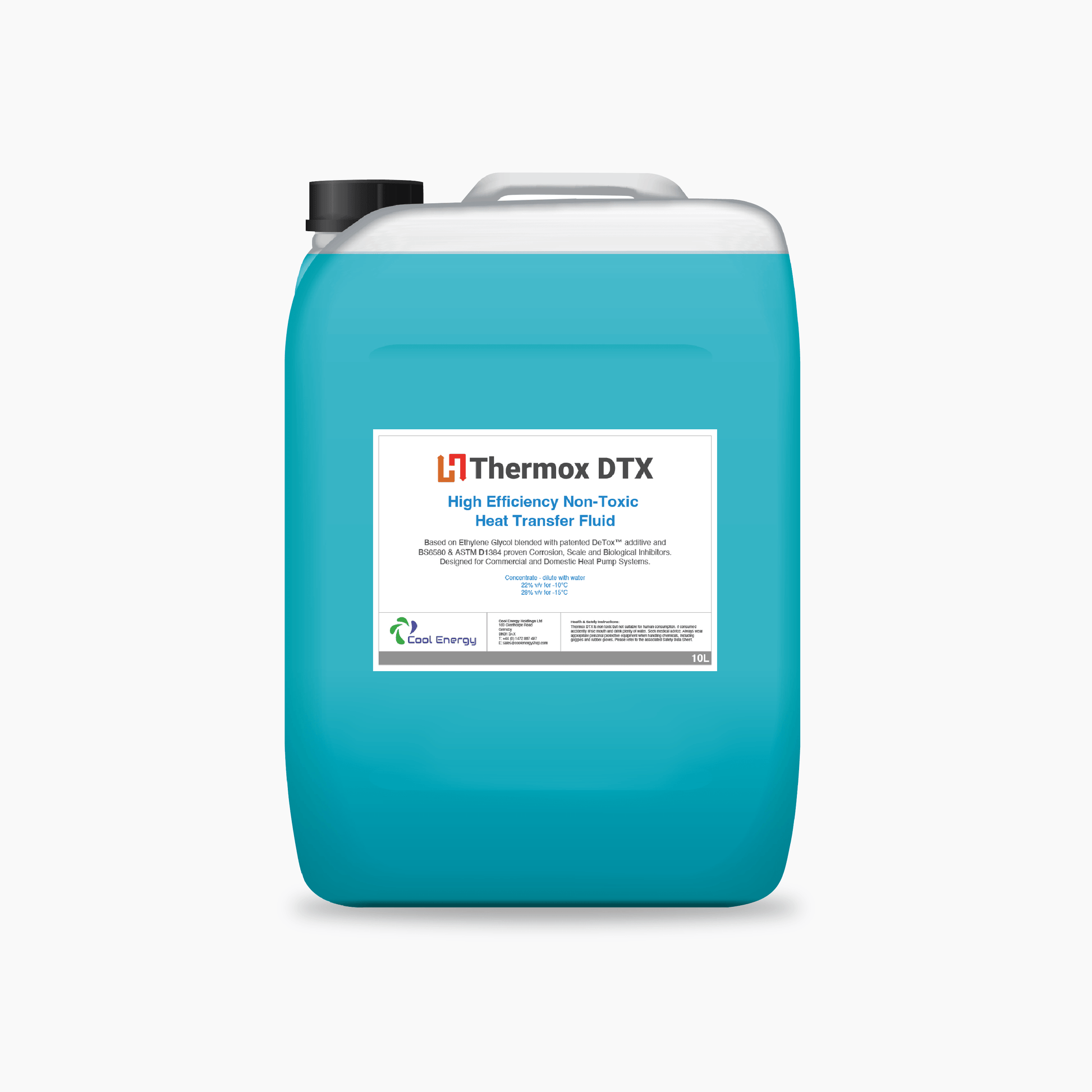The Duty of Heat Transfer Liquid in Enhancing System Performance and Security
In the ever-evolving landscape of industrial procedures, heat transfer fluids (HTFs) emerge as critical parts in maximizing both system efficiency and safety. These specialized liquids, known for their exceptional thermal conductivity and controlled thickness, allow effective warmth exchange, which is essential for streamlined procedures.
Comprehending Warm Transfer Liquids
Warmth transfer fluids, usually considered the lifeline of thermal monitoring systems, play a critical duty in regulating temperature throughout numerous industrial applications - heat transfer fluid. Industries such as chemical processing, power generation, and production count on heat transfer fluids to make certain equipment operates effectively and securely.
The choice of an appropriate heat transfer fluid is important to the success of a thermal monitoring system. In recap, a comprehensive understanding of warmth transfer liquids is essential for maximizing system performance, ensuring operational safety, and achieving cost-effective thermal management remedies.
Trick Feature of HTFs

The particular warmth capability of an HTF delineates the quantity of heat required to transform its temperature, influencing exactly how successfully the system can react to temperature variants. The boiling and freezing points of HTFs additionally play a critical role, particularly in systems exposed to severe temperature levels, making certain liquid stability and protecting against stage changes throughout procedure. Additionally, the chemical security of HTFs under varying thermal problems is important to stop destruction and extend fluid life. Last but not least, compatibility with system materials is required to stay clear of corrosion and product destruction, making sure lasting functional reliability. These buildings collectively notify the option of a suitable HTF for particular industrial applications.
Enhancing System Performance
To enhance system performance with warm transfer liquids (HTFs), it is important to incorporate a comprehensive approach that considers both liquid homes and system style. The selection of an ideal HTF is crucial, as its thermal conductivity, viscosity, and particular heat capability straight influence the effectiveness of heat exchange. High thermal conductivity over at this website ensures quick warm transfer, while optimal thickness promotes smooth flow through the system, minimizing power usage. Additionally, a high details warm capacity permits the fluid to store and transfer more thermal power, improving overall system efficiency.
Equally essential is the layout of the heat transfer system itself. The surface area and material of heat exchangers must be maximized to maximize warm transfer performance.
Boosting Operational Safety And Security
Making certain functional safety in heat transfer systems needs a careful emphasis on both the residential or commercial properties of warm transfer liquids (HTFs) and the layout and upkeep of the whole system. HTFs must have thermal stability, low flammability, and proper thickness to minimize threats such as leakages, fires, and system breakdowns. Choosing the ideal HTF is critical as it establishes the system's ability to take care of temperature level fluctuations without endangering safety.
The layout of the system need to include redundancies and fail-safes to manage potential dangers effectively. This includes the integration of safety shutoffs, pressure relief gadgets, and temperature monitoring systems to discover and attend to abnormalities immediately. Regular maintenance is vital to guarantee that all elements, including pumps, pipelines, and seals, are operating appropriately and are free from wear or corrosion, which can bring about dangerous leakages or failings.
Moreover, workers responsible for the procedure and upkeep of heat read the full info here transfer systems must be adequately learnt security protocols and emergency feedback procedures. Consistent training programs and safety drills can significantly lower the probability of mishaps, ensuring a more secure working setting. Eventually, a comprehensive technique to safety-- incorporating fluid selection, system design, and workforce training-- is crucial for optimal operational protection.
Industry Applications of HTFs
Commonly used throughout various markets, warm transfer liquids (HTFs) play a crucial duty in enhancing the efficiency and integrity of thermal management systems. In the chemical industry, HTFs are essential for preserving exact temperature levels throughout responses, ensuring product consistency and quality. They help with warm exchange processes in reactors, condensers, and warm exchangers, consequently enhancing energy use and lessening waste.
In the oil and gas field, HTFs are utilized in both upstream and downstream procedures. They handle temperature in boring operations and enhance efficiency in refining processes by providing stable thermal conditions. This causes lowered downtime and boosted safety and security, specifically in essential procedures such as purification and splitting.
The renewable resource market likewise benefits significantly from HTFs, specifically in focused solar energy (CSP) plants. useful content Below, HTFs move captured solar power to power generators, making it possible for effective electrical energy generation. The pharmaceutical market relies on HTFs for specific temperature level control in both synthesis and storage, guaranteeing item efficiency and safety and security.


Furthermore, the food and drink market uses HTFs for pasteurization, sterilization, and food preparation processes, enhancing both item security and production performance. Throughout these industries, HTFs work as important components in keeping ideal functional efficiency and safety.
Verdict
Warm transfer liquids are necessary in enhancing commercial system performance and safety and security by using high thermal conductivity, ideal viscosity, and thermal security. Appropriate selection and upkeep of HTFs enhance warmth exchange effectiveness, thus enhancing operational performance. The low flammability of these fluids is essential for minimizing risks and making certain secure procedures. Comprehensive workers training and regular maintenance better support the reliability and effectiveness of commercial processes, strengthening the vital role of HTFs in varied applications.